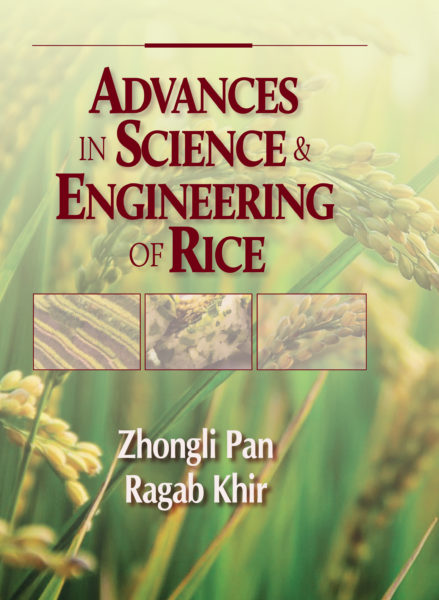Product Details
- Provides a systematic overview of the growth, uses, and technical improvement of all elements of rice
- Covers each stage of production from pre-harvest to storage
- Describes how genetic engineering and other new technologies enhance the qualities of rice as a crop, as well as the nutritional properties of rice as a food
- Presents engineering and handling techniques for reducing environmentally harmful chemical residues and costs, while maintaining high levels of food quality and safety
- Dedicated chapters cover aging of rice, rice fortification, and rice safety
In presenting recent research in rice science and engineering, this book provides a systematic overview of rice from farming to consumption. It covers each stage of rice production, from pre-harvest to storage, processing, and product applications. It includes the latest knowledge and efforts of rice researchers to improve the methods of harvesting, handling, drying, storage, and milling.
The book also reveals advances that have led to functionalizing rice components and making rice production more sustainable. In addition, the book explains methods for improving nutritional quality of rice-based diets through fortification. Utilization of by-products, such as rice bran and hulls, is also addressed.
From the Preface
Rice is one of the main staple foods in most parts of the world, and its consumption keeps increasing as a result of population growth, urbanization, and changes in population diets. Sustainable, efficient, and environmentally friendly methods and practices for rice farming, handling, and processing are needed to meet the increasing rice demand and the challenges of limited resources, such as land, water, energy, and labor. The advancements and improvements in genetic engineering, production, processing technology, and utilization have brought rice to a new frontier in addressing the needs of nutrition, affordability, and sustainability of stable food in our society.
